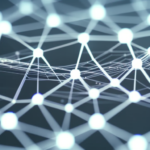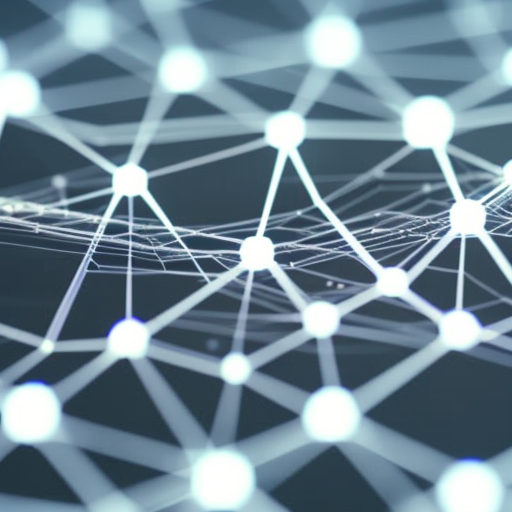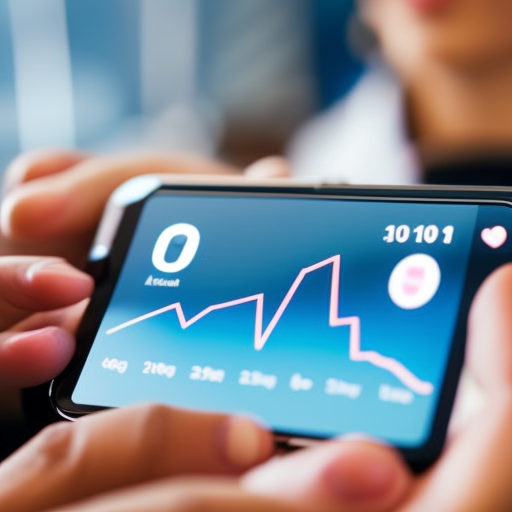Summary:
Remote monitoring is a technology that allows for the continuous monitoring of various parameters or activities from a distance. It involves the use of sensors, data transmission, and data analysis to provide real-time information about the monitored system. Remote monitoring has applications in various fields, including healthcare, industrial processes, environmental monitoring, and home automation. It offers numerous benefits, such as improved efficiency, cost savings, and enhanced safety.
Overview of Remote Monitoring:
Remote monitoring involves the use of sensors to collect data from a system or environment. These sensors can measure various parameters, such as temperature, pressure, humidity, motion, and more. The collected data is then transmitted wirelessly or through wired connections to a central monitoring system. This system analyzes the data and provides real-time information to the user.
Applications of Remote Monitoring:
Remote monitoring has a wide range of applications across different industries. In healthcare, it enables the continuous monitoring of patients’ vital signs, such as heart rate, blood pressure, and oxygen levels. This allows healthcare professionals to detect any abnormalities or emergencies promptly. Remote monitoring also facilitates telemedicine, where doctors can remotely monitor and diagnose patients, reducing the need for in-person visits.
In industrial processes, remote monitoring is used to monitor equipment and machinery. It can detect any malfunctions or anomalies, allowing for timely maintenance and preventing costly breakdowns. Remote monitoring also enables predictive maintenance, where data analysis and machine learning algorithms can predict when equipment is likely to fail, optimizing maintenance schedules and reducing downtime.
Environmental monitoring is another important application of remote monitoring. It allows for the continuous monitoring of air quality, water quality, and weather conditions. This data is crucial for assessing environmental impacts, detecting pollution, and predicting natural disasters.
Remote monitoring is also used in home automation systems. It enables homeowners to monitor and control various aspects of their homes, such as security systems, energy usage, and appliances, from a remote location. This offers convenience, energy savings, and increased security.
Benefits of Remote Monitoring:
Remote monitoring offers several benefits across different industries. Firstly, it improves efficiency by providing real-time data and alerts. This allows for prompt action and reduces response times. It also enables remote troubleshooting, reducing the need for on-site visits and saving time and resources.
Secondly, remote monitoring can lead to cost savings. By detecting issues early and optimizing maintenance schedules, it reduces equipment downtime and prevents costly breakdowns. It also allows for remote management and control, reducing the need for physical presence and associated costs.
Thirdly, remote monitoring enhances safety. In healthcare, it enables early detection of emergencies and improves patient outcomes. In industrial processes, it helps identify potential hazards and ensures compliance with safety regulations. In home automation, it provides security monitoring and alerts, enhancing the safety of residents.
Conclusion:
Remote monitoring is a powerful technology that allows for the continuous monitoring of various systems and environments from a distance. It has applications in healthcare, industrial processes, environmental monitoring, and home automation. By providing real-time data and alerts, remote monitoring improves efficiency, reduces costs, and enhances safety. As technology continues to advance, remote monitoring is expected to play an increasingly important role in various industries.












